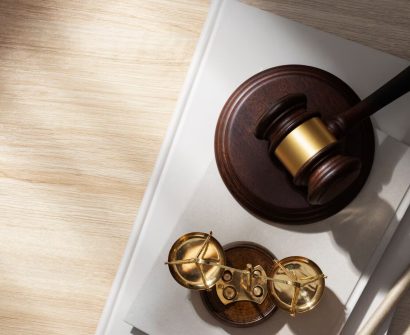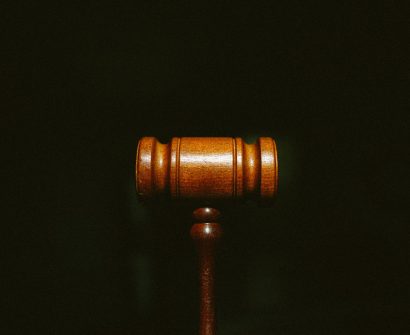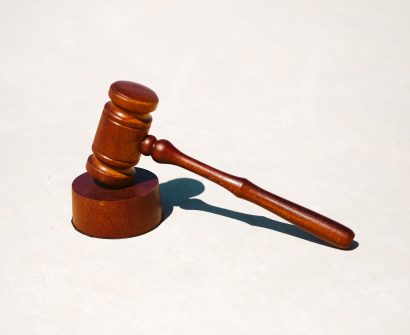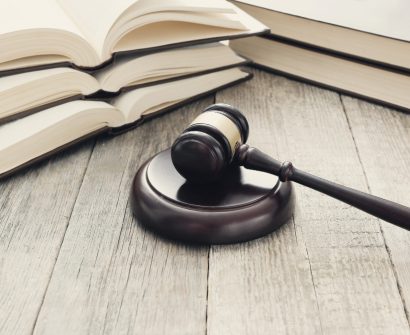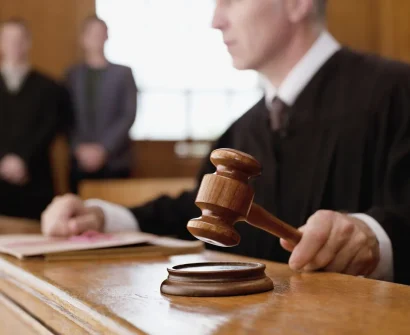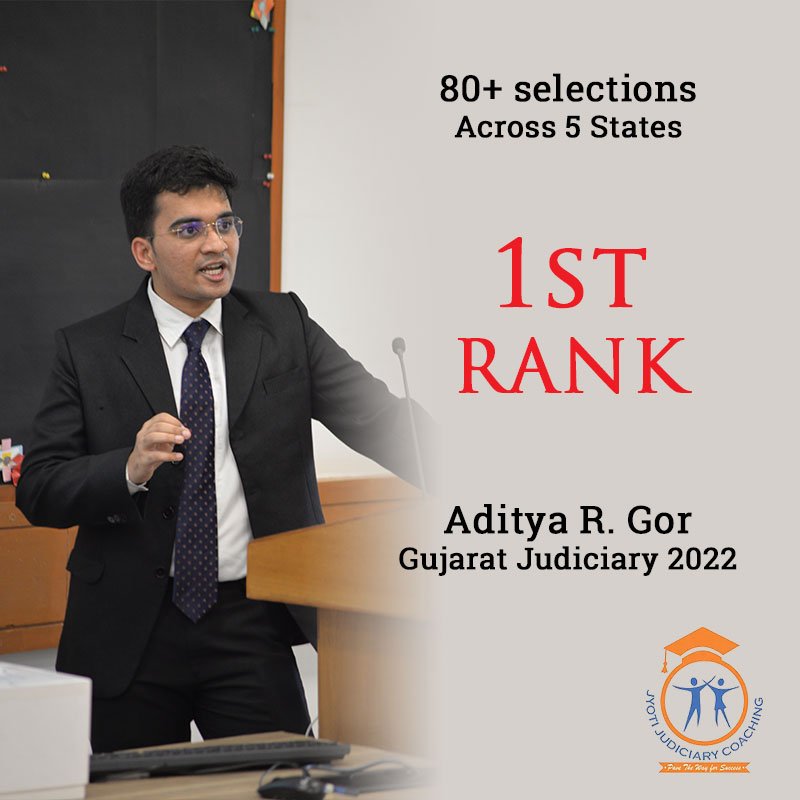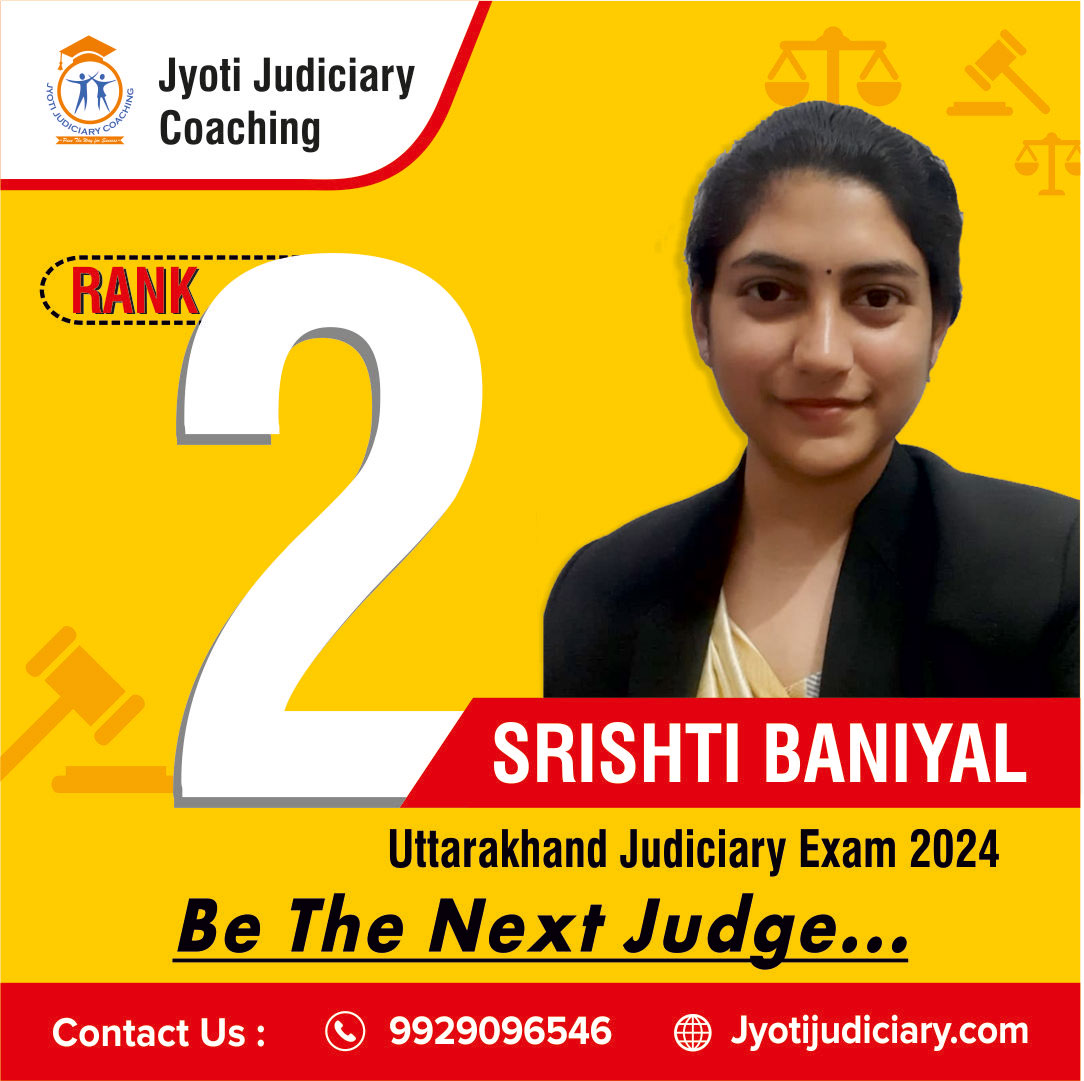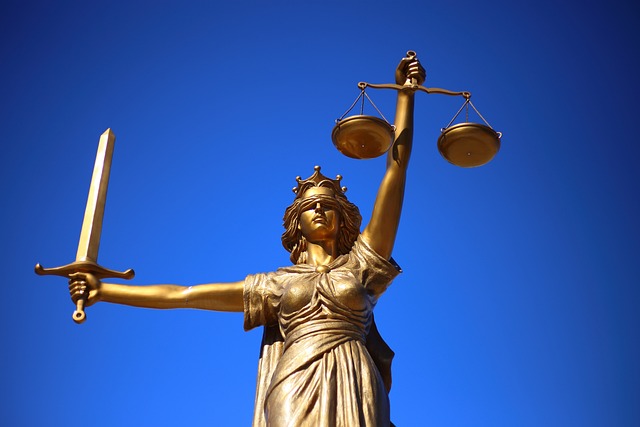
Much of the judicial activism that began in the 1970s contributed to the current functioning of the Indian judiciary. Citizens’ attitudes have also changed dramatically. Nowadays, citizens are well-equipped to bring a case on behalf of additional victims. In actuality, this made people accountable. But a lot of pointless PILs are being filed these days, which just adds to the workload and delay for the judiciary.
One of the first rulings in the area of public interest litigation is Bandhua Mukti Morcha. This takes us back to a time when, in the name of justice, a straightforward letter to a single SC judge could be referred to a bench and treated as a PIL case file. The case is about their horrible lives, infringements on their fundamental human rights, and bonded labour.
bandhua mukti morcha vs union of india case summary
Bandhua Mukti Morcha Case Facts:
- The bandhua mukti morcha case citation is AIR 1984 SCC 802.
- A non-governmental organization called Bandhua Mukti Morcha (Bonded Labour Liberation Front) wrote a Supreme Court judge, pleading with him to free the bonded labourers, many of whom were migrant labourers, from two stone quarries in the Faridabad district. Many of them were bonded labourers who had not consented to this kind of employment, so they were working in appalling conditions.
- Additionally, the petitioner attached the bonded labourers’ thumb impressions to the letter.
- After determining that the case had some merit, the Supreme Court treated it as a writ petition, notified the relevant stone quarries, and named two advocates as Commissioners to look into the case.
- The Commissioners went to the quarries and spoke with every individual listed in the letter to inquire about their working conditions and whether they were doing so voluntarily.
- The Commission sent in the report, which supported the letter’s accusations.
- The copies of the report were then sent by the Court to each of the respondent mine lessees and stone crushers, giving them a chance to submit a reply.
- It further stipulated that the labourers whose names appeared in the report and writ petition could go wherever they pleased. In addition, the Court assigned Dr. Patwardhan of IIT to conduct a socio-legal inquiry into the subject matter.
Bandhua Mukti Morcha Case Issues:
The following are the case’s issues:
- The validity of the writ petition filed in accordance with Article 32 of the Constitution.
- Whether or not the worker’s fundamental rights were genuinely infringed.
- Whether or not Article 32 of the Constitution gives the Supreme Court the authority to form any commissions or investigative bodies.
- Whether or not the labourers referenced in the case are bonded labourers.
- Whether or not the workers in this case are entitled to relief under different social labour laws.
Contentions Raised by the Petitioner:
- There were a lot of residues throughout the alleged stone quarries, making it difficult for anyone to breathe in;
- Some workers were working under strict orders and were not allowed to leave the area.
- The workers were forced to drink sloppy water from a nullah because there was no way to provide them with clean water to drink.
- The workers lived in jhuggies that were too low to stand, so they didn’t even have a safe place to live.
- In addition, some employees had chronic illnesses, and workers injured in accidents that happened while they were doing their jobs were not compensated.
- There were no clinics for medical care or instruction.
Contentions Raised by the Respondent:
- The Haryana state government even adopted the argument that forced labour, not bounded labour, is used in the workforce.
- As the respondent in this case, the State government of Haryana contended that the writ petition submitted by letter under Article 32 of the Indian Constitution is unmaintainable because the fundamental rights of the petitioner and the employees were not violated.
- The State of Haryana, as the Respondent, contended that order XLVI of the Supreme Court Rules 1966 did not grant the court the authority to name commissioners Ashok Panda, Dr. Patwardhan, and Ashok Srivastava, and that their reports were not admissible in court because they were not cross-examined.
Bandhua Mukti Morcha Case Judgement:
- The bandhua mukti morcha case year in which it was decided was 16th December 1983.
- The bench was headed by Justice A.N. Sen, Justice P.N. Bhagwati, and Justice R.S. Pathak.
- In order to ensure compliance with Section 13 of the Bonded Labour Act, 1976, the Haryana government is required to establish vigilance committees in each district division within six weeks of the judgement.
- To identify bonded labour in accordance with the law, the Haryana government will designate a district magistrate.
- The state government must also enlist the aid of non-governmental organizations and other volunteer agencies to guarantee the Bonded Labour Act, 1976 is implemented.
- The Haryana government is required to rehouse the bonded laborers within three months of the ruling.
- The Minimum Wages Act of 1948 must be implemented, and this requires the cooperation of the federal and state governments.
- At least once every week, the Central government’s concern offices are required to make unannounced visits.
- To inform the workforce of their legal rights and benefits, the Central Board of Workers Education frequently hosts camps.
For any latest news, legal topics, case laws, judiciary exams notifications, patterns, etc watch Jyoti Judiciary’s YouTube channel for legal videos for any updates at https://youtube.com/@jyotijudiciarycoaching4852?si=2cwubh9d2A9urwJf


